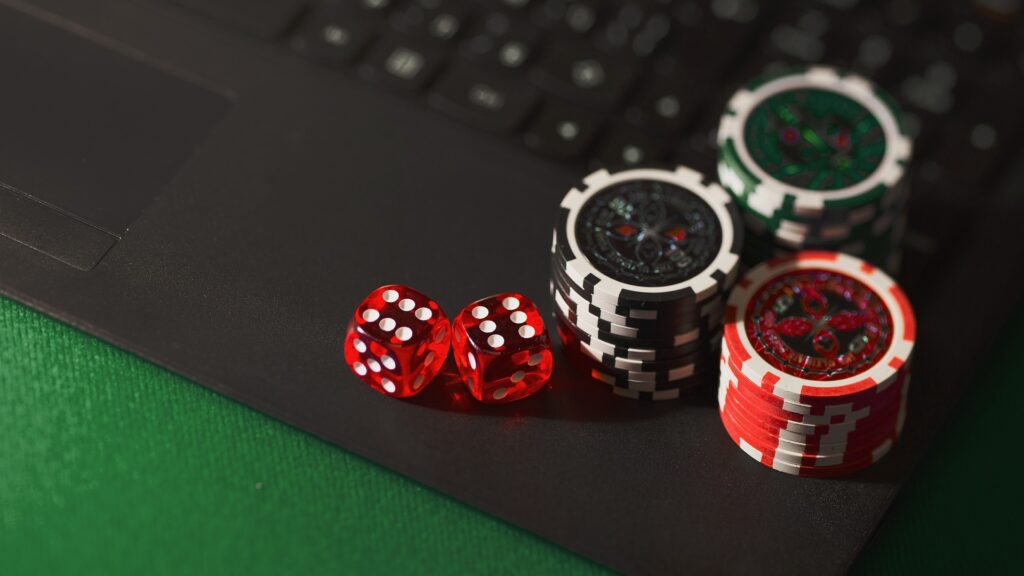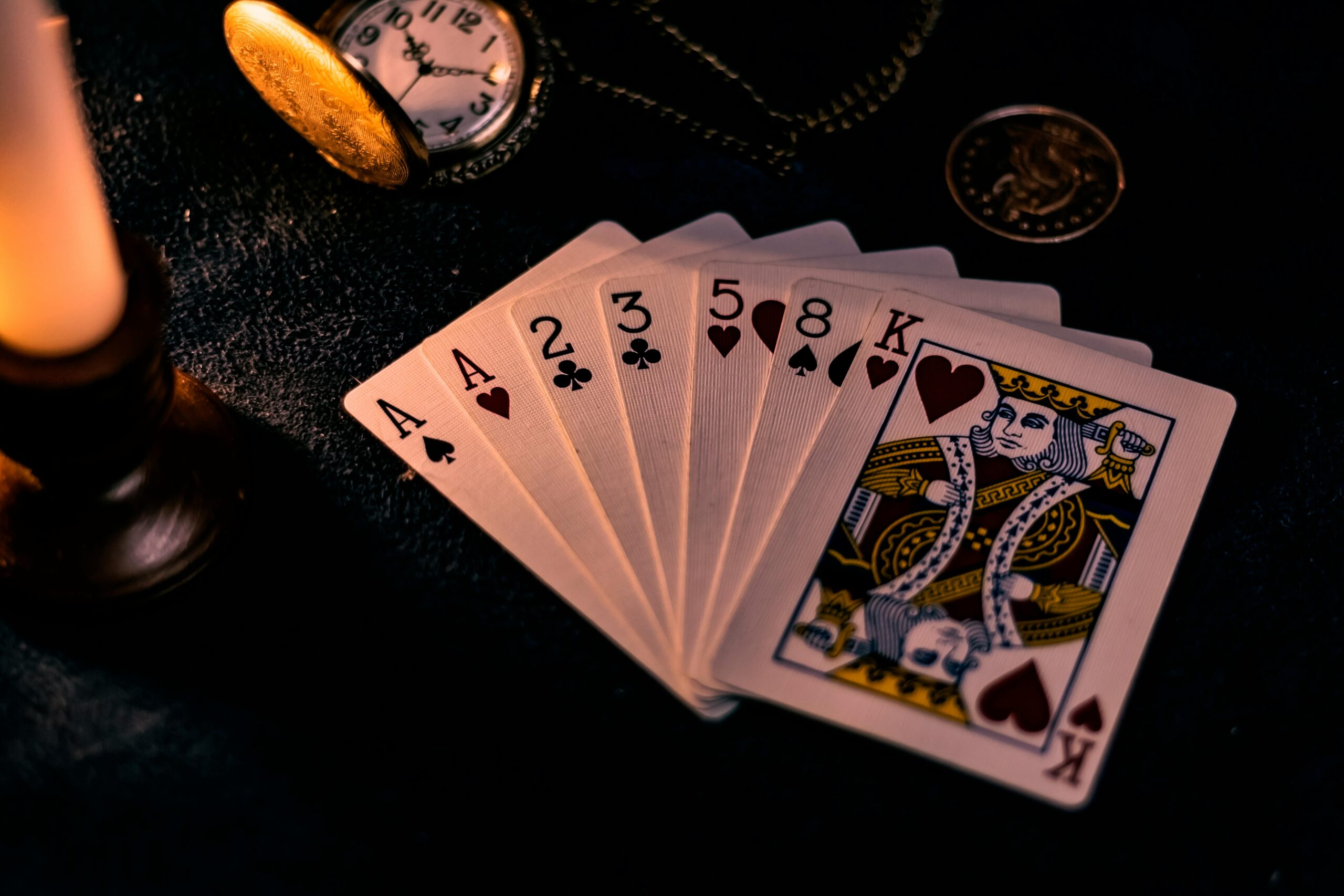Table of Contents
A blackjack cheat sheet is an essential tool for anyone who wants to improve their chances at the blackjack table. By providing easy-to-follow guidelines for different hand scenarios, a blackjack cheat sheet can make decision-making simple and clear. In this guide, we’ll walk you through the basic blackjack strategies, helping you understand exactly when to hit, stand, double down, split, or surrender—all based on the cards in play.

Learn Blackjack Strategy
Learning the basics of blackjack strategy is the key to consistent success. Rather than relying on luck alone, mastering strategy allows you to play mathematically and make decisions that can shift the odds closer to your favor. Using a cheat sheet to guide you can make strategy feel more approachable and manageable, giving you an advantage as you play.
Our Blackjack Strategy Chart Teaches You Exactly When To:
Hit or Stand
The decision to hit or stand is at the heart of blackjack strategy. If your total is low or you’re facing a dealer’s strong hand, hitting might increase your chance of reaching a winning hand. However, if the dealer has a weaker upcard, it’s often better to stand and wait for the dealer to go bust. A cheat sheet outlines these decisions in different scenarios, allowing you to make confident, quick choices.
Double Down
Doubling down can significantly increase your winnings, but only if done at the right time. A cheat sheet shows you when doubling down gives you the best chance to beat the dealer based on your hand and the dealer’s upcard.
Split Pairs
Splitting is a unique blackjack move that can maximize your winnings with certain pairs. However, it’s not always the best move for every pair. A cheat sheet breaks down which pairs you should split, stand, or hit based on the dealer’s upcard.
Surrender
Not all tables allow surrendering, but if they do, this move can save you money in certain situations by forfeiting half your bet instead of risking a complete loss. A cheat sheet indicates when surrendering is your best option, especially against a strong dealer hand.
Read This Before You Memorize Any Charts!
Before diving into memorization, it’s crucial to understand the reasoning behind each move on a cheat sheet. Memorizing without comprehension can lead to mistakes, especially when facing unusual situations. Learning why you’re making each decision helps you play confidently, whether you have your cheat sheet handy or not.
Basic Strategy Has An Order of Operations:
Using a blackjack cheat sheet effectively means following an order of operations. This structured approach ensures that you cover all possible options before making a decision, especially when the dealer’s upcard presents certain risks. Here’s a breakdown of how to prioritize your moves:
Can I/Should I Surrender?
Surrendering is an option available in specific blackjack variations and should be considered first. If your hand stands little chance against a strong dealer’s upcard, surrendering can save half your stake. This is often the optimal choice when the dealer shows an Ace or a high card and you hold a weak hand.
Can I/Should I Split?
If surrender isn’t an option or isn’t advisable, check if splitting is allowed. Pairs like Aces or 8s are almost always split, but other pairs depend on the dealer’s upcard. By consulting the cheat sheet, you can decide when splitting is beneficial versus when to hit or stand.
Can I/Should I Double?
Doubling down is an excellent way to maximize returns if you have a strong hand against a weaker dealer upcard. Check if doubling is available and recommended based on your hand total and the dealer’s upcard.
Should I Hit or Should I Stand?
If the above options don’t apply, then consult the cheat sheet to determine whether to hit or stand. Typically, a hit is advised when your hand is weak against the dealer’s upcard, and standing is recommended when the dealer’s upcard makes them more likely to go bust.
Here is All of Basic Strategy in 30 Simple Phrases:
- Always split Aces and 8s.
- Never split 5s or 10s.
- Double down on 11 if the dealer’s upcard is 2-10.
- Double down on 10 if the dealer has 2-9.
- Stand on 17 and above.
- Hit on 12 against a dealer 2 or 3.
- Double down on 9 against the dealer’s 3-6.
- Always stand on 20.
- Surrender on 16 against a 9, 10, or Ace.
- Hit a soft 17 if the dealer has 10 or Ace.
- Stand on 13 against the dealer’s 2-6.
- Stand on soft 19 against any dealer upcard.
- Double down on soft 18 against dealer’s 2-6.
- Hit on 16 if the dealer has 7-Ace.
- Stand on hard 14 against dealer’s 2-6.
- Always hit on hard 8 or lower.
- Hit on 12 against a dealer 3.
- Never split 4s, 5s, or 10s.
- Stand on soft 20.
- Always stand on 18 or above.
- Double soft 16 against 5 or 6.
- Hit on hard 13 against dealer’s 7 or higher.
- Double on 10 vs. dealer 2-9.
- Hit on soft 13 against dealer’s 2-4.
- Double on soft 17 against dealer’s 2-6.
- Stand on 18 against dealer’s 2-8.
- Hit on 15 vs. dealer’s 7-Ace.
- Stand on hard 16 against dealer 2-6.
- Hit on soft 14 against dealer’s 2-3.
- Stand on 13 vs. 2-6.
These simple rules cover most situations you’ll encounter at the blackjack table and can guide your decisions, especially when you’re learning the game.
FAQ About Blackjack Charts:
What is basic strategy based on? Didn’t the casinos write “the book”? How can we trust basic strategy?
Basic blackjack strategy is based on mathematics and probability, not casino interests. Mathematicians and gaming experts have calculated which moves statistically give players the best odds against the dealer. These strategies are public and independent of casino influence.
Why are the strategy charts on this site different than the charts I saw on such-and-such website?
Blackjack strategy charts can vary slightly based on the number of decks in play, house rules, and whether or not specific moves (like surrender) are available. Always make sure you’re using a cheat sheet that matches the rules of the game you’re playing.
How do I memorize all this?
Start with the most common hands and gradually add more complex strategies. Practicing with a blackjack app or using flashcards can make it easier to memorize moves based on the dealer’s upcard. With repetition, key strategies become second nature.
